Trevor Creighton; Projects Co-ordinator introduces our exciting new Roman Mosaic Project;The Romano-British villa at Butser Ancient Farm, completed in 2003, is a replica of one discovered at Sparsholt near Winchester and excavated in the late 1960’s. We are now involved in installing a mosaic floor in the reception room, inspired by the splendid original – which resides in the Winchester Museum.Unlike the 4th Century, though, this mosaic isn’t being made by slaves. Instead a dedicated team of FABULOUS volunteers are on their hands and knees laying the new mosaic. The team includes volunteers from Liss Archaeology and Bignor Roman villa. While replica mosaics have been constructed in Britain and elsewhere across the Roman world (as well as many painstaking restorations of originals), we believe it is unusual for them to be laid by the ‘direct method’. That is, straight onto the floor. Most are laid on segments, sometimes later placed on a floor. The direct method is (as our crew will confirm) more physically demanding. However, one of the main aims of recreating the mosaic is not just to take the Butser villa a step closer to the original but also get a sense of what working conditions were like for the makers of Roman-era mosaics; perhaps we can even foster a sense of empathy and camaraderie with the mosaicists of 1600 years ago.In an important way, our laying technique is experimental and experiential. The techniques we use to form the patterns of the mosaic and the materials used to bind them to the floor are also designed to further our knowledge. Lime mortar will be used in the mosaic construction. Unlike modern cement, this material is ‘faithful’ to Romano-British technique. Over the course of the project we will vary the types of lime and other ingredients in the mortar, to help us examine which mixes are optimal for both laying and durability. This floor, like its Sparsholt ancestor, is to be walked upon. Unlike its ancestor we expect tens of thousands of feet each year… hence our interest in durability!This won’t be a tile-for-tile (or tessera-for-tessera) reproduction of the original. The hand-cut marble cubes we are using are a substitute for the original native stone and terracotta. The aim is to reproduce the original design, dimensions and colours as closely as possible. At about 8000 tesserae for each square metre of floor, there will be about 86,000 tiles in the central geometric design section and another 30,000 larger tesserae in the surrounding single-colour border.The team at Butser Ancient Farm have also been repainting the villa inside and out to enhance the rooms and give visitors a stronger sense of what it would have been like to visit a villa during Roman times. The bright colours and geometric designs would have created vibrant interiors that are startling to visitors today and will be complemented by the colour and bold designs of the mosaic.Work on the mosaic will continue throughout the summer at Butser Ancient Farm, and visitors are welcome to come and observe the progress. There will be a series of talks for visitors to explain the ideas and techniques behind the project.The team at Butser Ancient Farm appreciate the support they have received from the Winchester Museum, Fishbourne Roman Palace, Bignor Roman Villa, Liss Archaeology and South Downs National Park. Each of our organisations showcases significant elements of Romano-British history and heritage and this project is facilitating a co-operative approach between all stakeholders to help foster a broader public understanding of the fantastic Roman heritage of Hampshire and West Sussex. Butser Ancient Farm would like to especially acknowledge South Downs National Park for their generous support through the Sustainable Communities Fund. There is also a dedicated blog all about the mosaic project here.
There is also a dedicated blog all about the mosaic project here.
